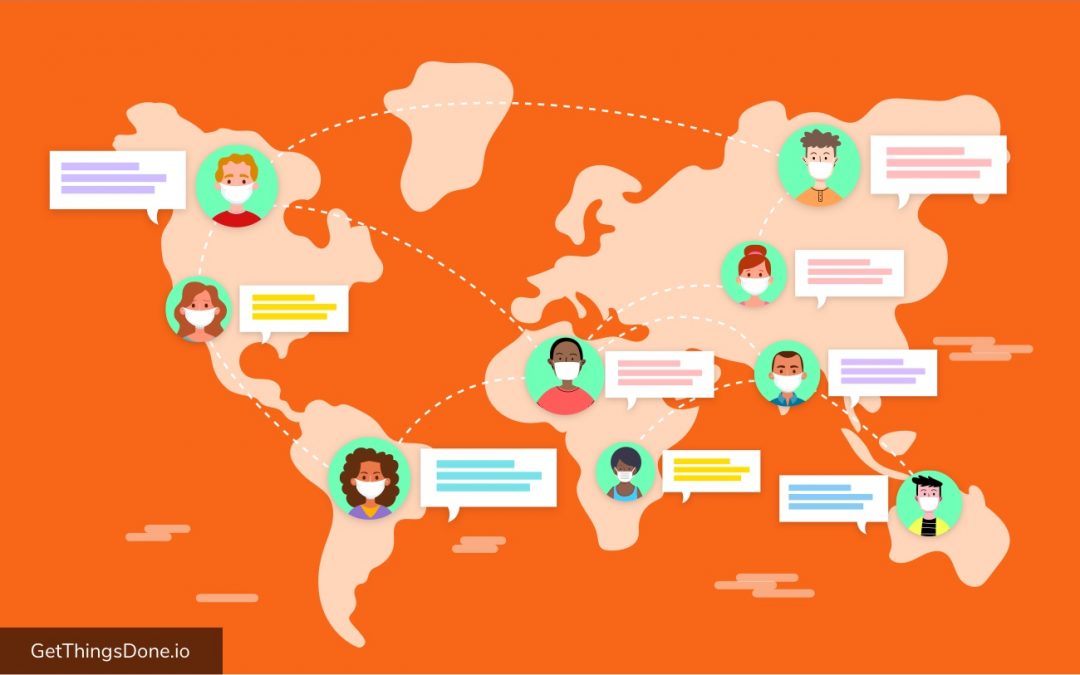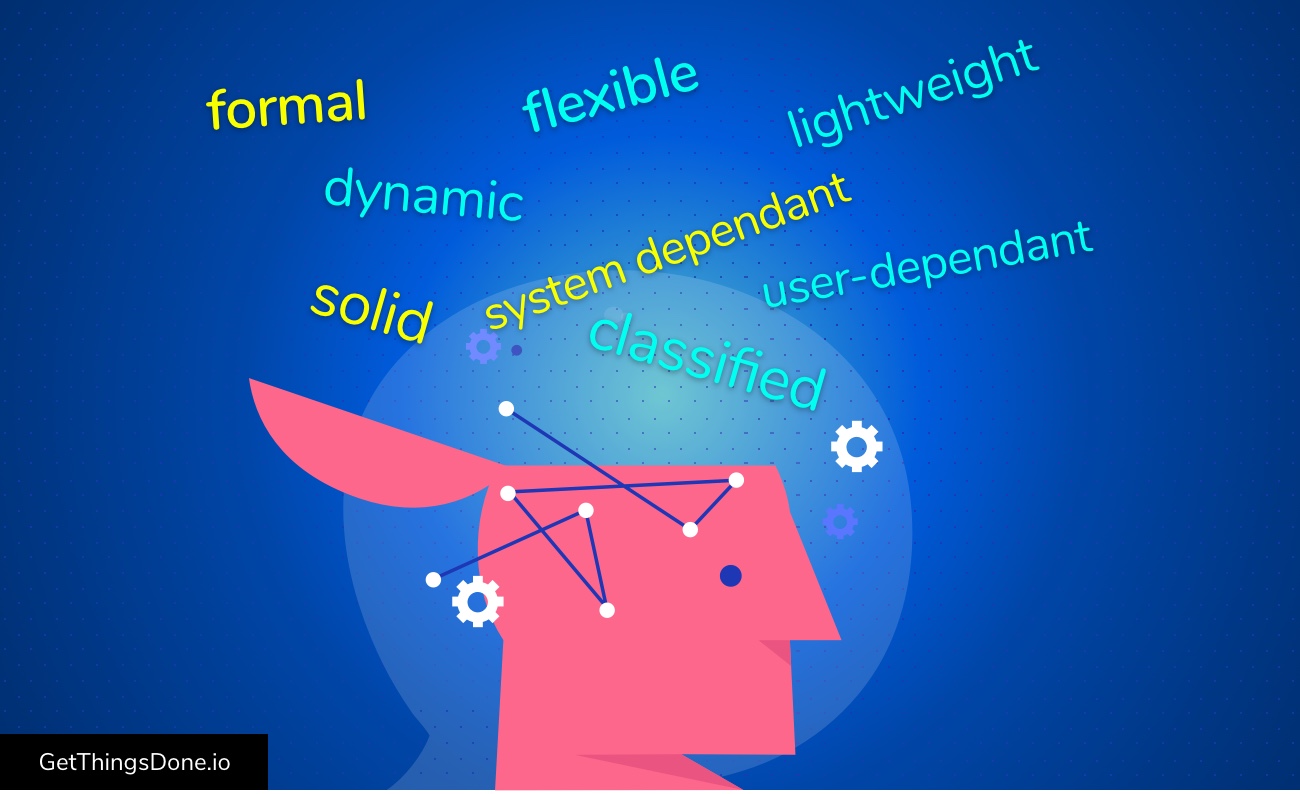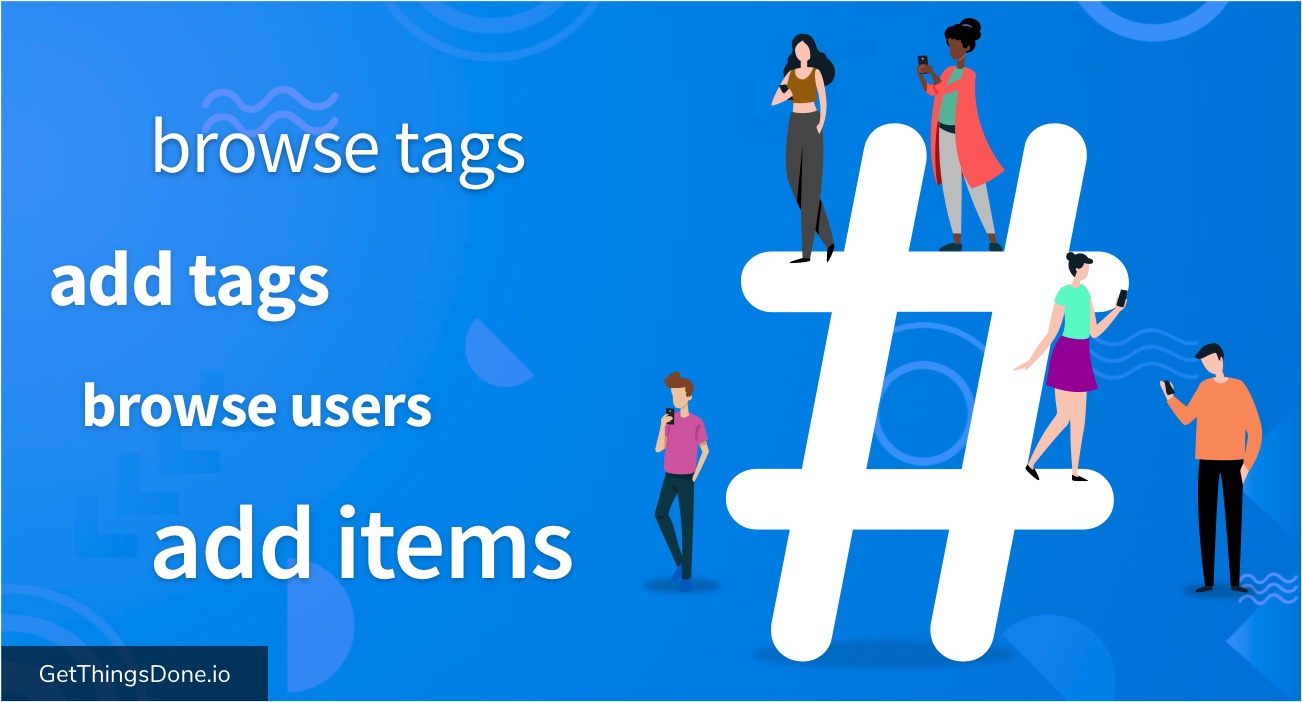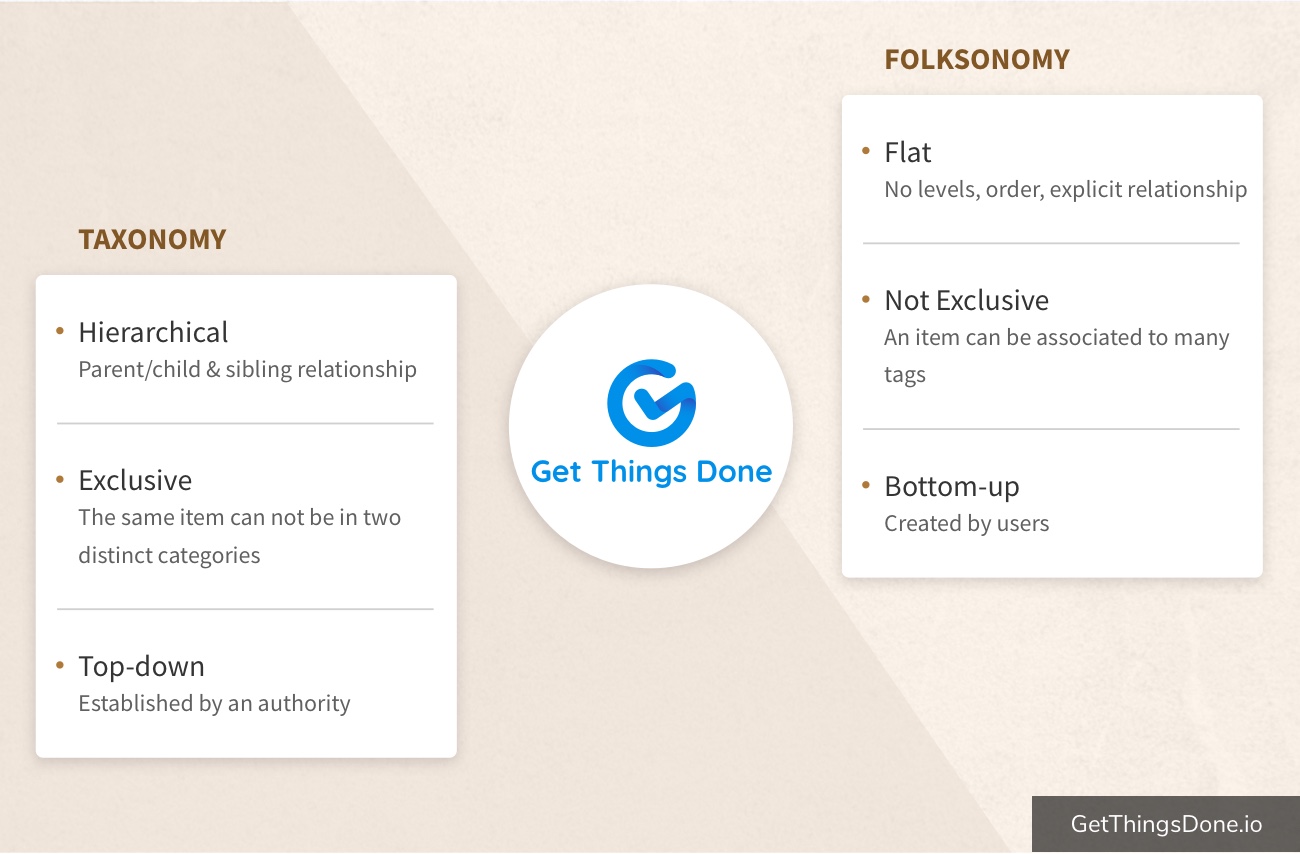The global crisis brought upon us by the pandemic COVID-19 has forced most countries into a lockdown phase. This situation has triggered a watershed decline in large and small enterprises around the world. Business organizations and conglomerates are both forced into financial turmoil both from a national and transnational perspective. Hence, our study aims at identifying the overall impact on information flow in the modern workplace. It would also strive to identify the situations and obstacles faced by organizations in countering this crisis.
Our principal objectives are concisely listed below.
o Identifying impactful factors.
o Dynamics of the team associated.
o Indication of corporate affairs.
o The validity of people working from remote locations.
o The overall impact on the performance of the organization.
Two vital aspects need proper cooperation to build a reputable business in the multicultural environment of the modern era. Firstly the prominence and recuperation of the team diversity are located at different time zones across the world. Secondly, the method of ample information flow, where-in the clients and internal leaders of the work-cycle benefit. However, this brings new challenges to the fore, such as understanding different kinds of work culture, communication styles, values, and focused approach to stay at the top of their respective games.
The modern era stands proof of the technological recovery experienced throughout the years. The approaches of information depiction and retrievals are also intended based on the performance. Until now, we have experienced two types of knowledge representation. The first is a formal one, a solid, static, and system dependant model of knowledge. The latter being a more flexible, dynamic, user-dependant, lightweight, and classified approach. In such an approach, the collaborative tagging and the role of knowledge sharing are also scrutinized.
The organization faces the challenge of its demands. In unprecedented times these demands are unoffending, unfettered, or those that are disciplined and spontaneous. People are enabled to create not only by adapting to the basic workflow but resorting to more wealthy, responsive, and adaptive ways of navigating the new means of media. Such that by using a dual indexing approach and malleable vocabularies or objective approach. The present-day access to information and knowledge has spread around the web, creating a broader space for information. The indexing practice is found on the combination of three instances, namely author, user, and interpreter. This new interaction results in the creation of folksonomies, a user-generated system of online content classification using metadata such as electronic tags.
The constraints of traditional tools for the knowledge outfit, such as taxonomies, are based on memos, emails, and complex procedural workflows. This single entry point is more rejective than productive. The classification schemes is again based on the individual viewpoint of the interpreter, that foreshadowed and displayed a rigid approach. The parallel existence of haring and discovery is quite apparent. The sharp rise and fusion of the inherent information retrieval have emerged as a time, choice, and upshot.
Moreover, comparing social tags with controlled vocabularies as well as automatic indexing based on titles has emerged thoroughly in recent times. The outlines brings new way of interpretation through experience and familiarity of movement to place. It also obeys the natural form and all other hurdles as it meets the new benchmark of time.
The things that would determine the traditional collaborative technologies which are text-driven and documented are no longer sufficient to drive adeptness towards innovation and productivity. Social networking has hence bridged the gap between text-centric and rich-media-centric tools. Apart from using the traditional and organizational knowledge tools, the folksonomies have shown to be an excellent solution for internal collaboration as well.
Although the perennial business environment still influences most parts of the business world, the new generation business ecosystem has penetrated to such an extent that it is associated with surprising events every quarter of the current decade. Yet the steps are being taken with utmost caution. The prescience is usually followed by the change of customer behavior, which no longer carries a passive attitude but exhibits tactful and prudent activeness. The new businesses and clients are sophisticated and sensible in seeking out information, inventions, opinions, merchandise, and services that are of interest. The expectations are radical, personalized, and inhabited for the change.
The new workforce is independent, mobile, and ever-ready to throw down the challenge to conventional management practices. They are also crucial in the transformation of the knowledge base of the organization. The purpose of the ecosystem research is to activate and resolve the heterogeneity of know-hows and understand how the workforce capture and get the most out of intelligence. The value which is obtained is tremendous. Firstly, the service semantics can be defined by which the users continually hone the model instead of the originator. Secondly, the folksonomies are applied to build customer-centric classifications of business services. Lastly, the folksonomies are used to connect and test new products, concepts, and services in researching user tags diffused with inbound potential.
It is also vital to know that the flow of information in the modern workplace is adapting to collaboration. However, the taxonomy approach will yet remain restrictive and static. For instance, controlled vocabularies are exploited to create a precise business view based on which users have to agree on the procedure. Contrarily, the reliance on the principles of collective intelligence is often referred to as the hive mind or the wisdom of the crowds. It infers that large and diverse groups of people are more capable of solving complex problems than mere individuals.
We must remember to tap into the performance of the people. Newer tech tools are being used extensively to develop knowledge sharing and collaboration within and between firms, partners, and customers. This has to be done in a nurturing and inquisitive way that exhibits a vibrant spirit. In practicality, the strength of folksonomies is inclusive and self-moderating. They insist upon the bottom-up approach and evolves as an open-minded, user-driven categorized structure that is verifiable of details and meaningful semantics. These observations are accurate, in time, and flexible. The organization that is coming out in the recuperative direction needs to rediscover the unexpected resources. This is of great value to their information experience and simply worth their effort.







